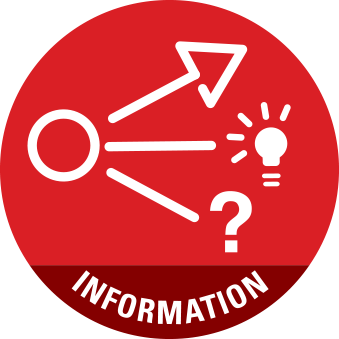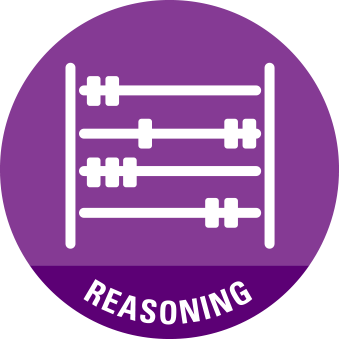Decision Chain
Explore the elements of a good decision. Your decision is only as strong as the weakest link.
The distinction between a good decision and a good outcome is very important.
When we face uncertainty, we can make a good decision and yet get a bad outcome. For example, we can choose to apply for a job we really want but not get it. This does not mean we shouldn’t have gone after it. If another appealing job opportunity comes again, we would apply again.
Similarly, we can make a bad decision and have a good outcome. Suppose we didn’t buy car insurance for a year, but we didn’t get ticketed and didn’t get in an accident. We were fortunate: we made a poor decision and got away with it.
Good decisions do not guarantee good outcomes, but— on average—consistently better decisions lead to consistently better outcomes.
Helpful Frame
Framing is clarifying the decision we’re tackling.
To properly frame a decision, we need to define what it is that we are deciding, what we are not deciding, what we should take as given, and what goals we wish to achieve.

Clear Values
Values are what we care about – wants, needs, likes, and dislikes.
They cause us to prefer the consequences of one alternative decision over another. Frequently, we find decisions difficult to make because none of the alternative actions can satisfy all our values.

Creative Alternatives
The quality of a decision is limited by the alternatives we consider.
We can’t choose an alternative we haven’t thought of! Many people assume they have few or no alternatives. Yet there usually are many more alternatives than appear at first glance. Sometimes, we don’t like the alternatives that are immediately apparent.

Useful Information
Useful information is anything we know, would like to know, or should know that might influence our decision-making but that is not under our control. Decision Trees are useful for mapping probabilities of success for various alternatives.

Sound Reasoning
Reasoning is the process of combining alternatives, information, and values to arrive at a decision.
It completes the sentence, “I am choosing this alternative because…“

Commit to Follow Through
Commitment to follow through means we are set to execute our decision and can do so purposefully.
If we are only halfhearted about our commitment, our follow-through is less intense and may not achieve the best results.

